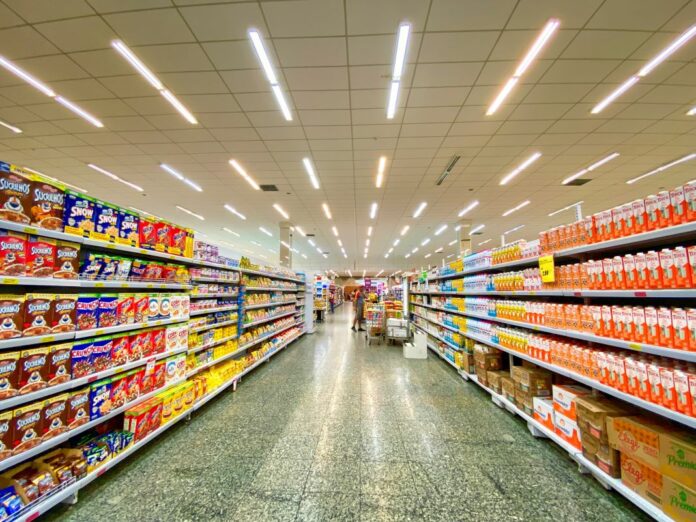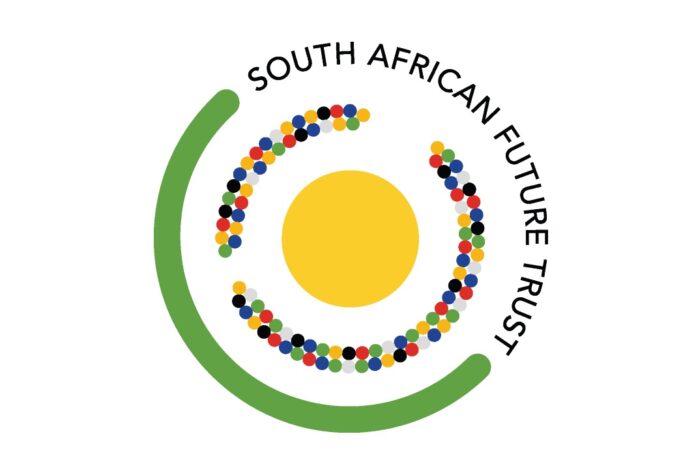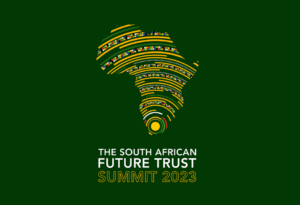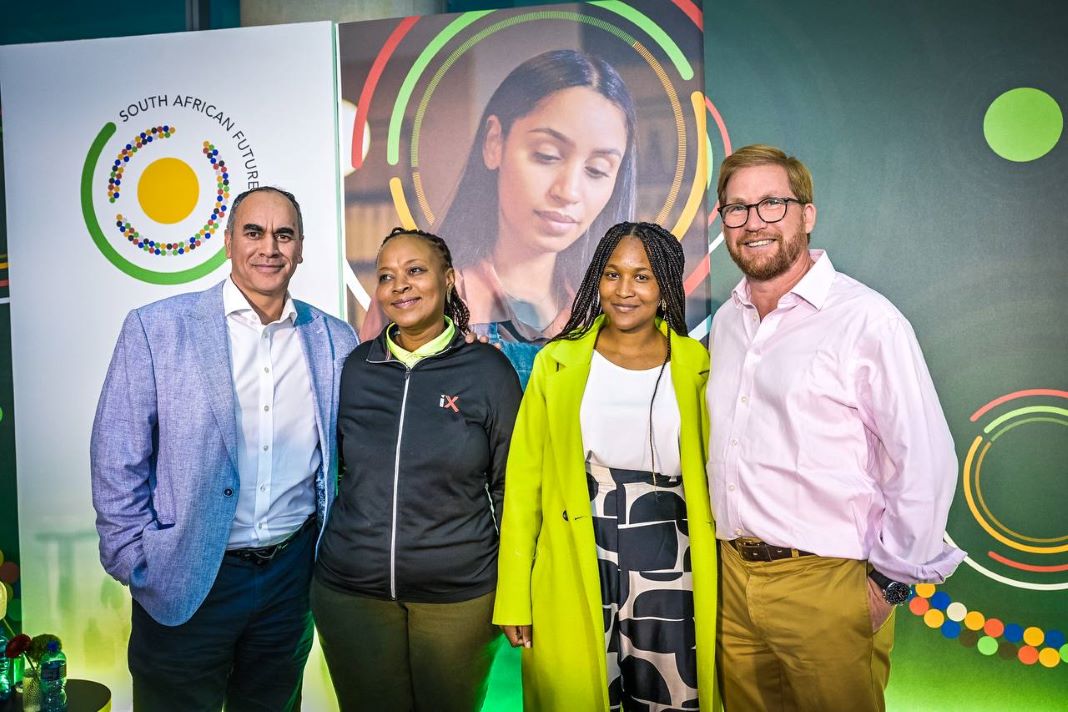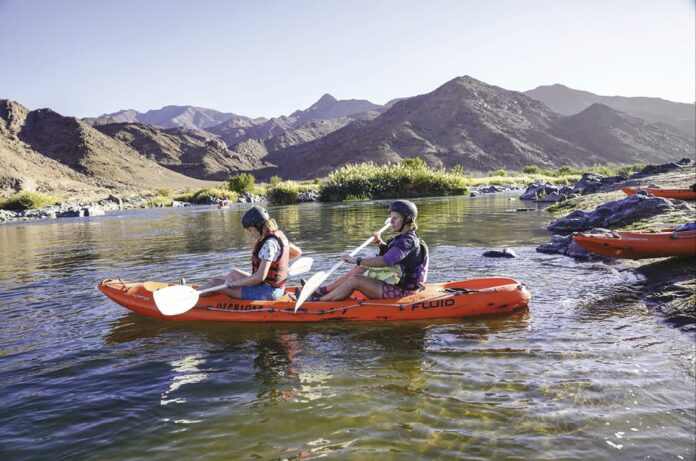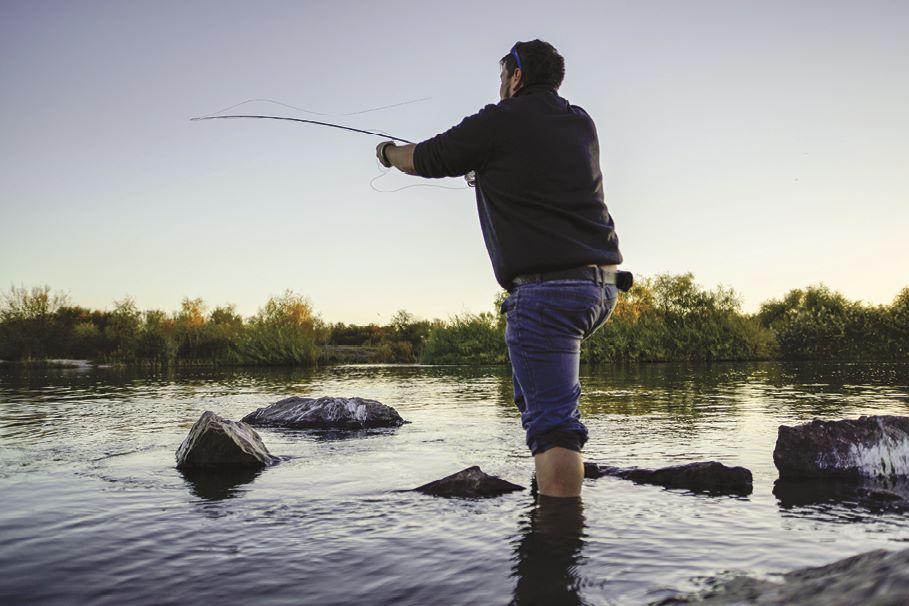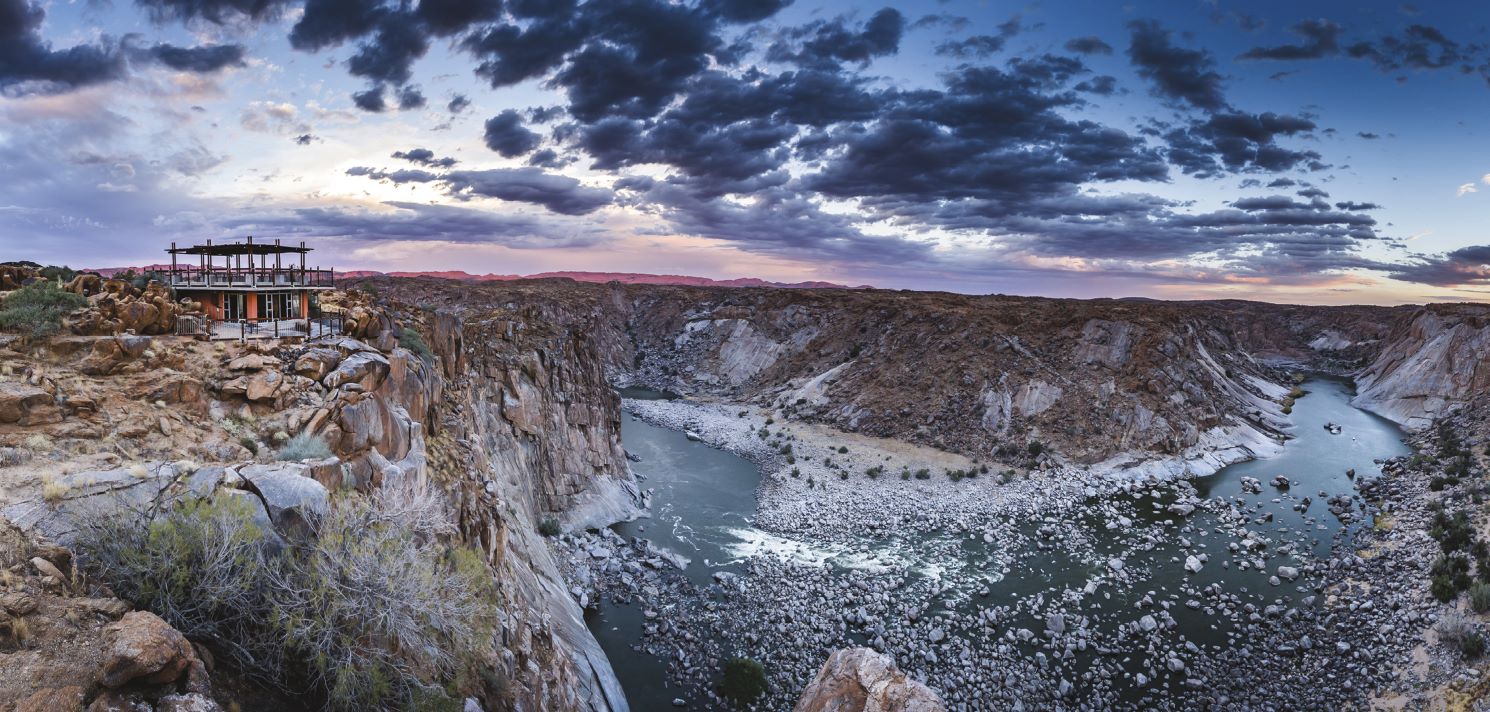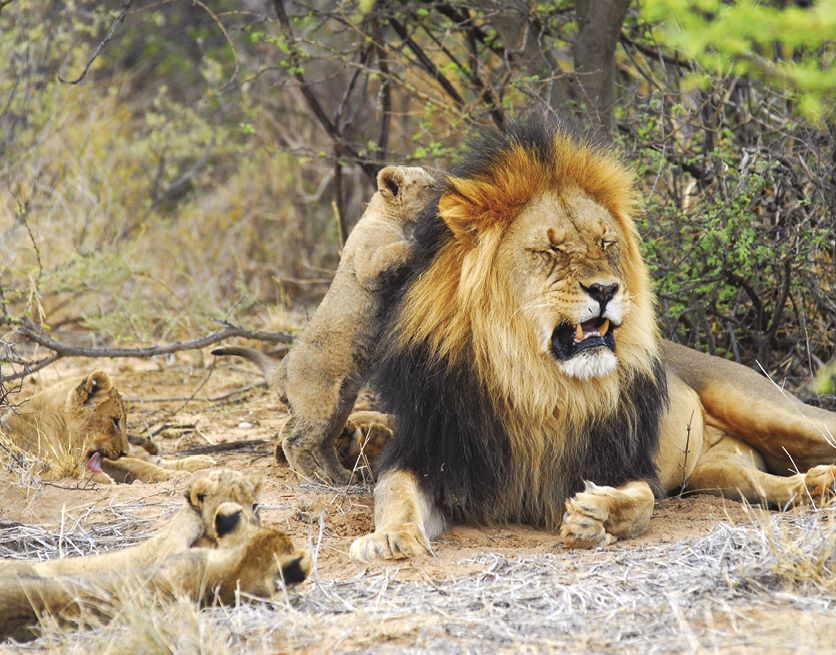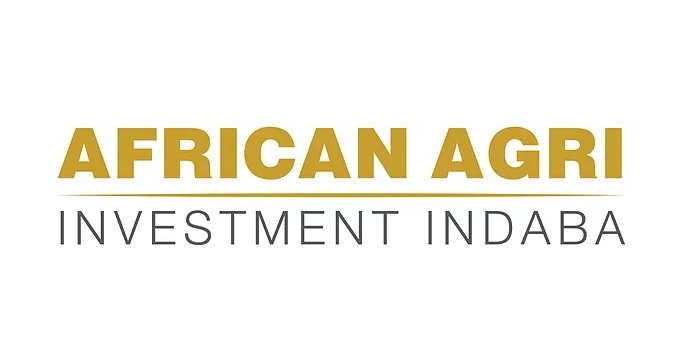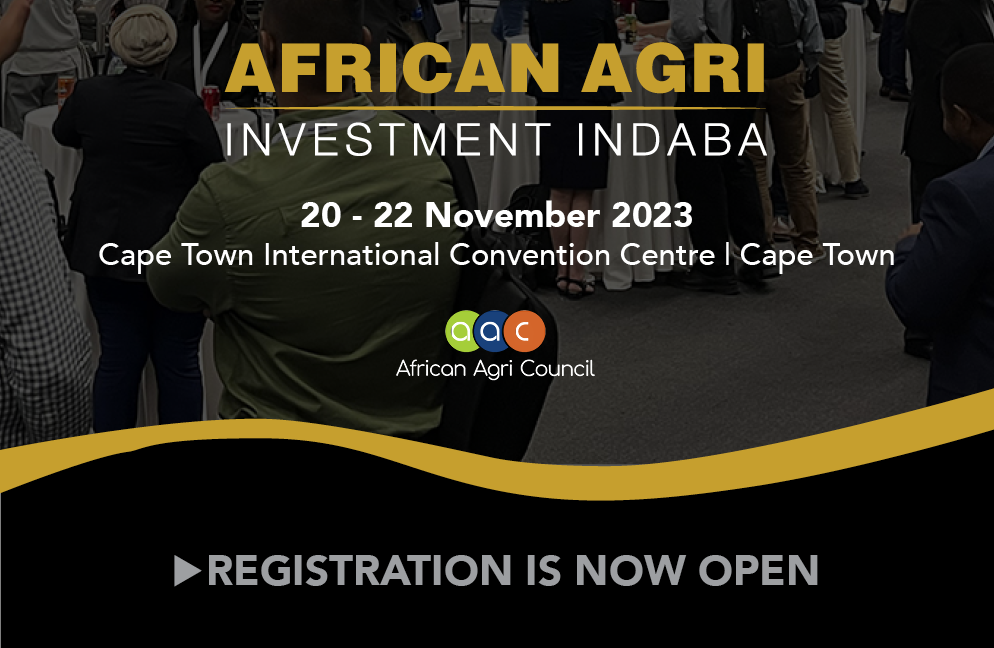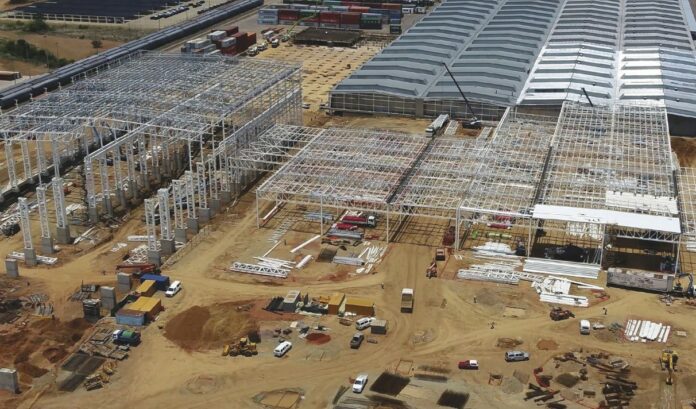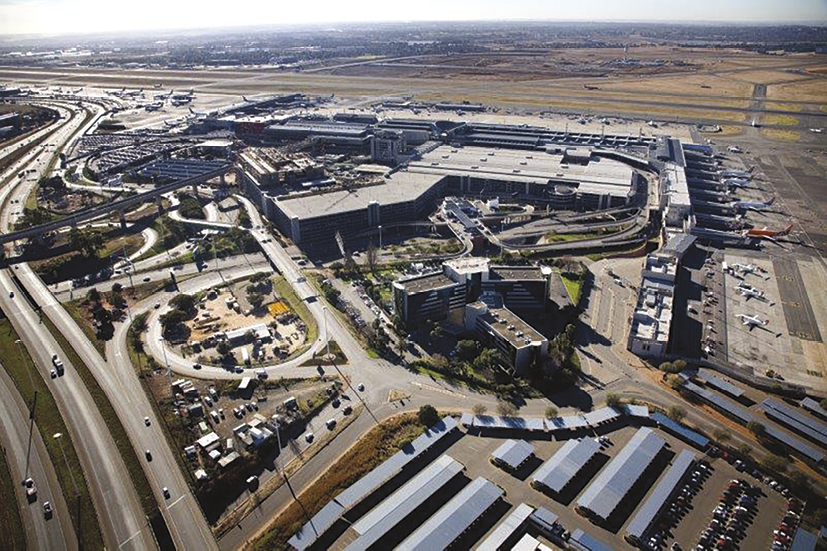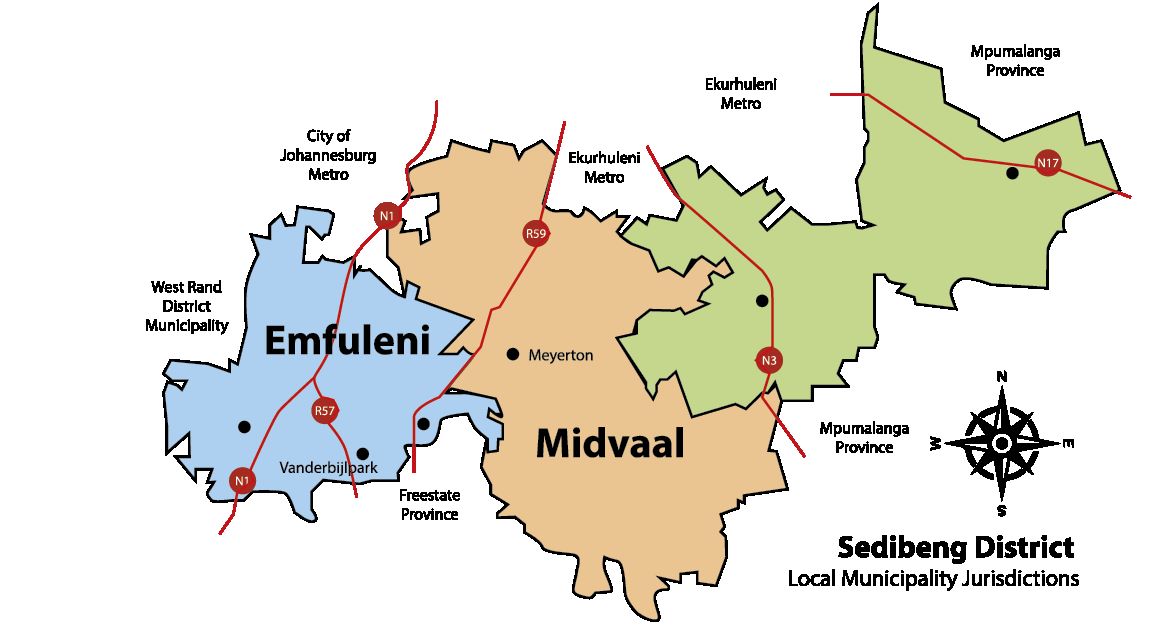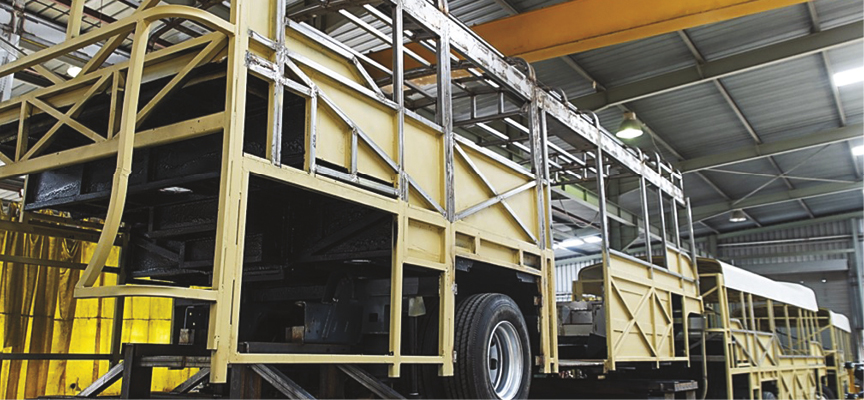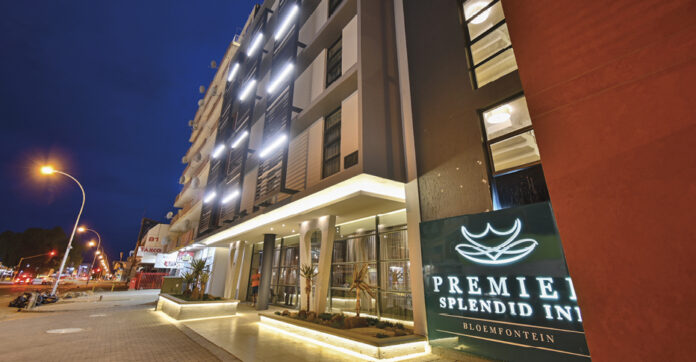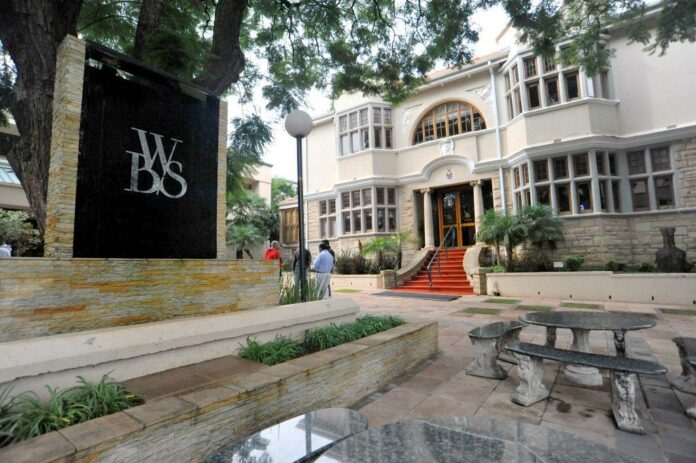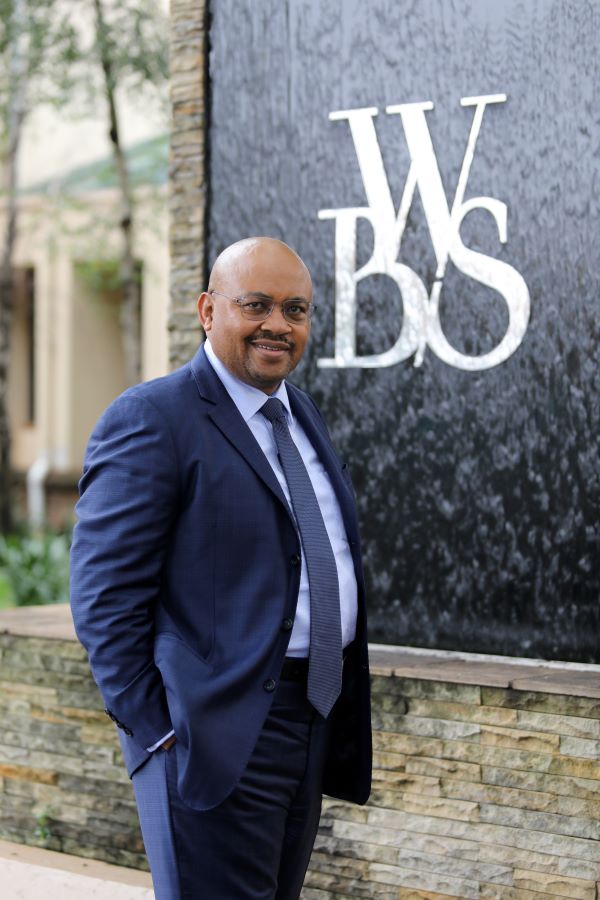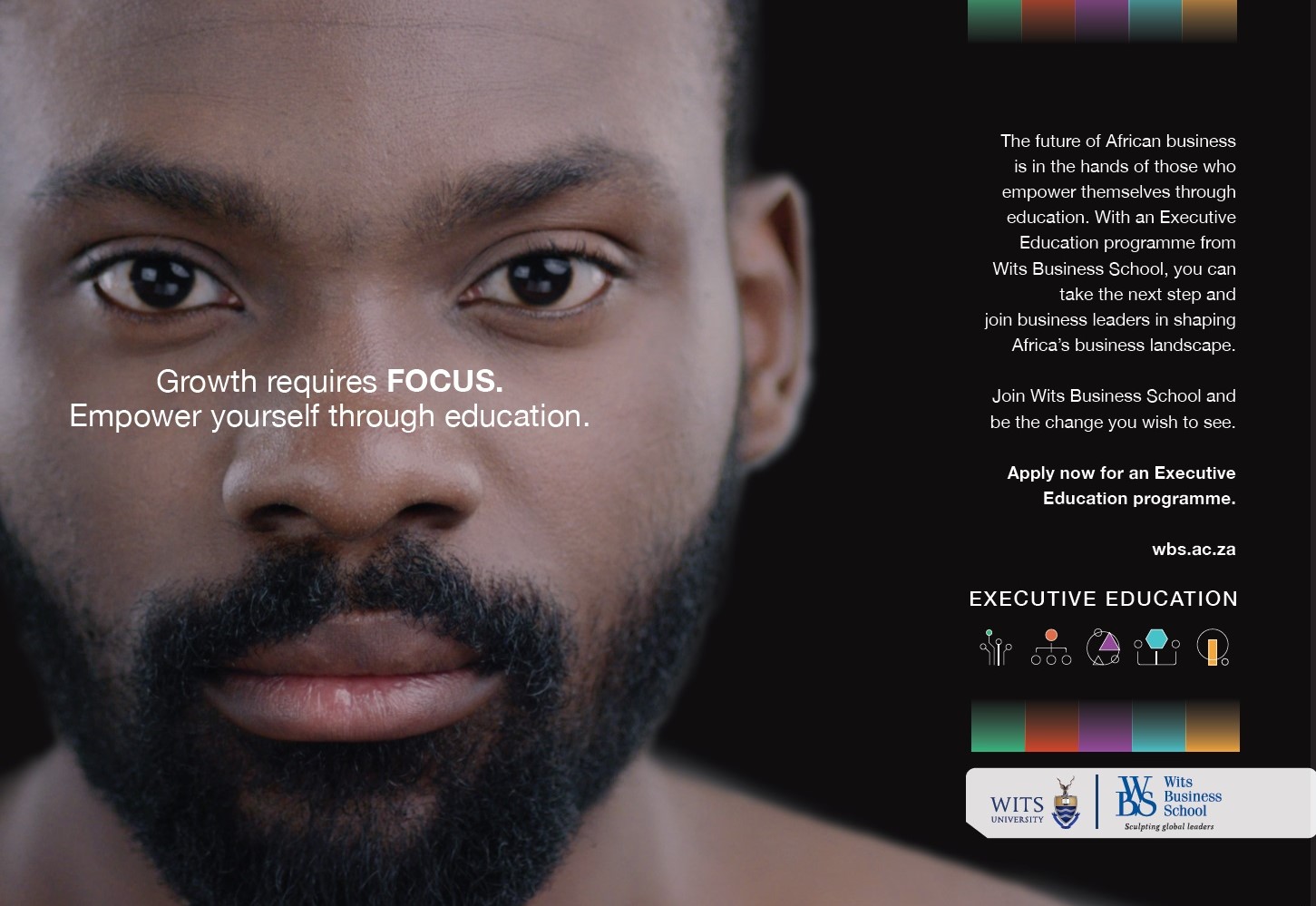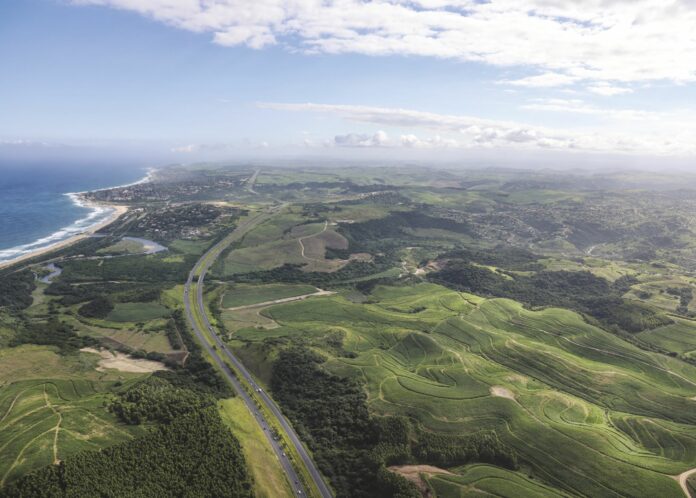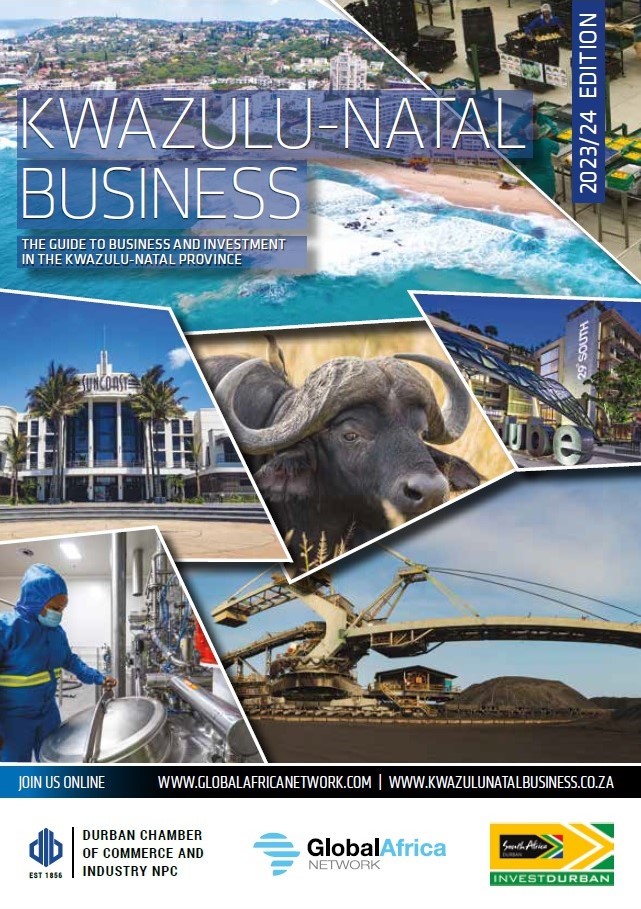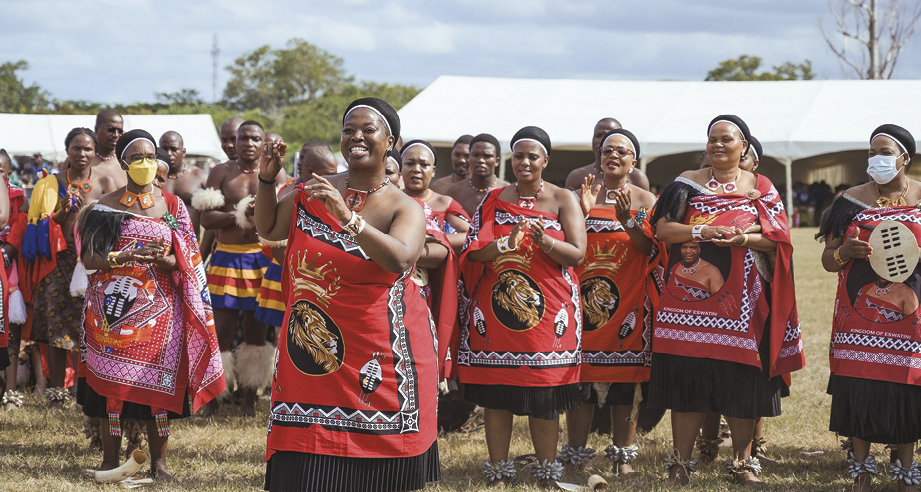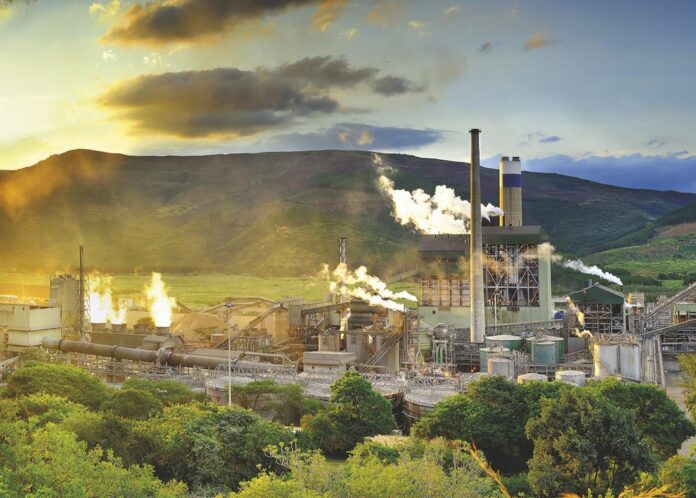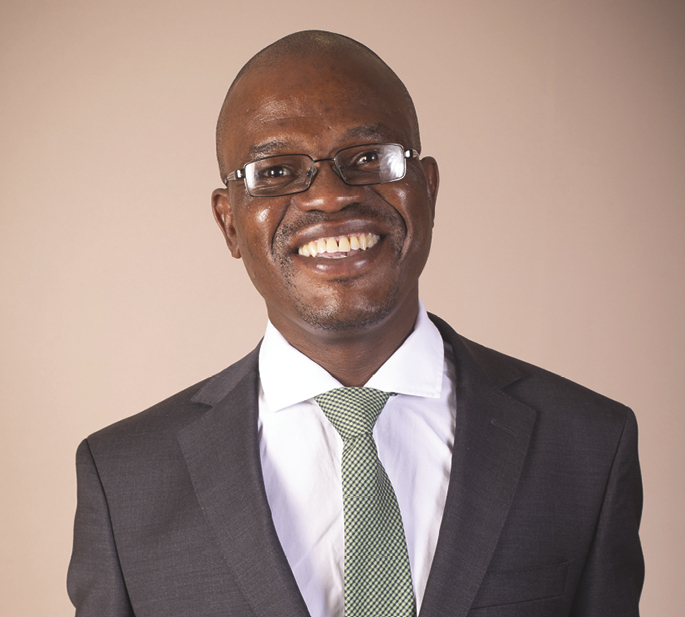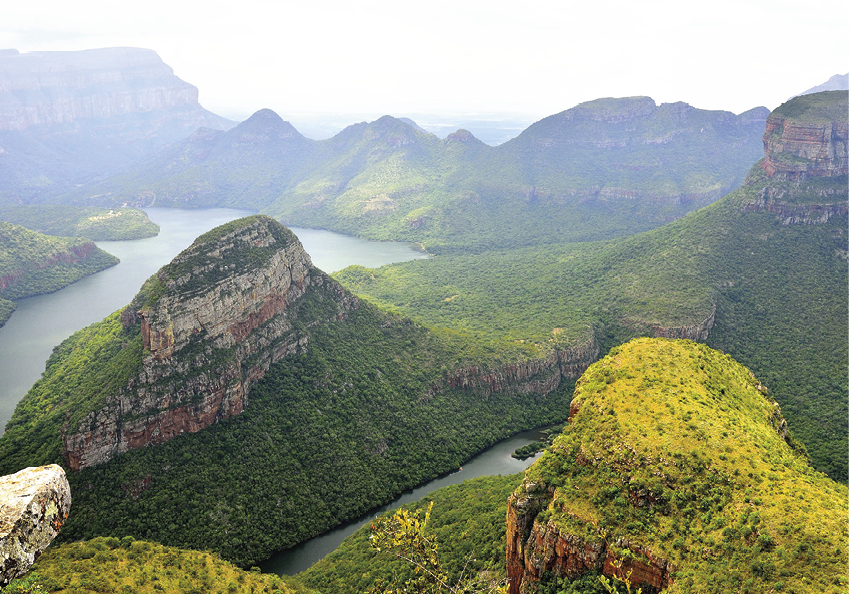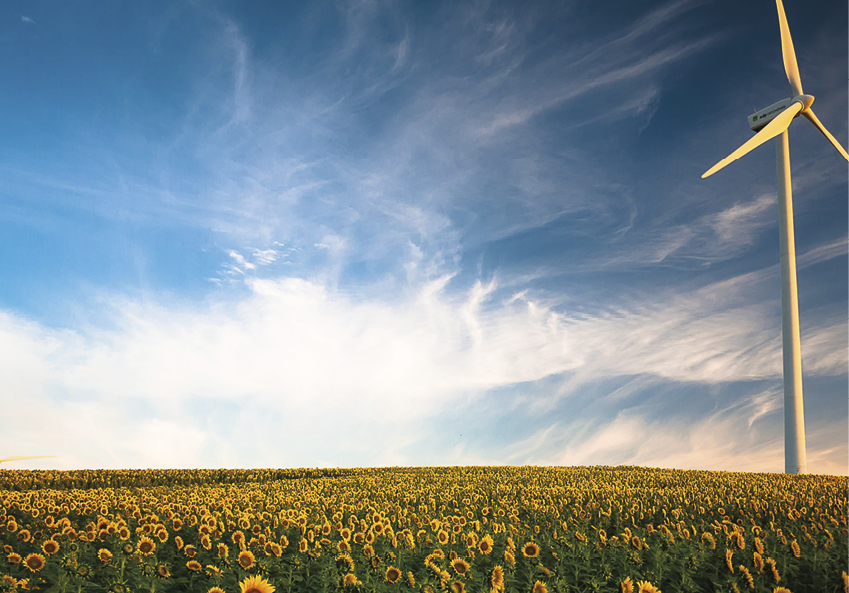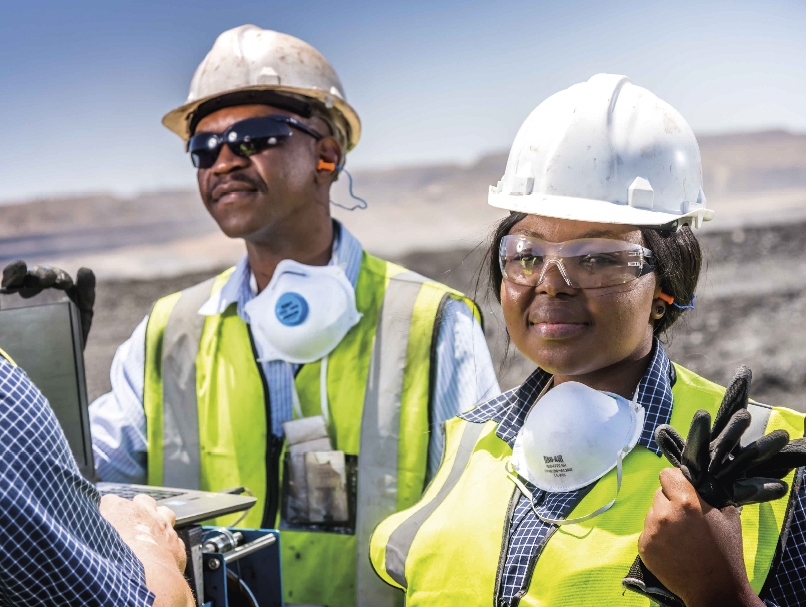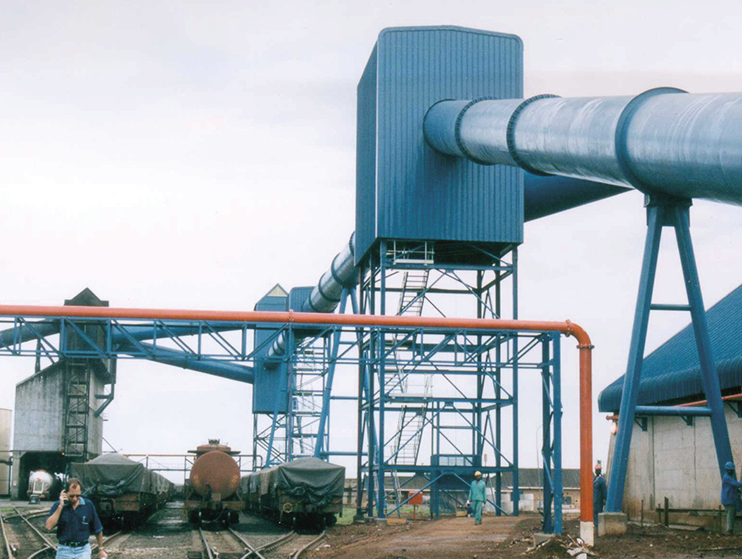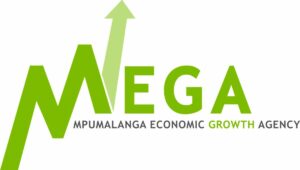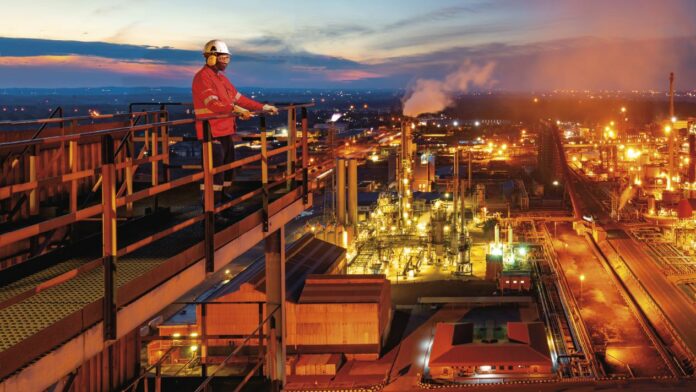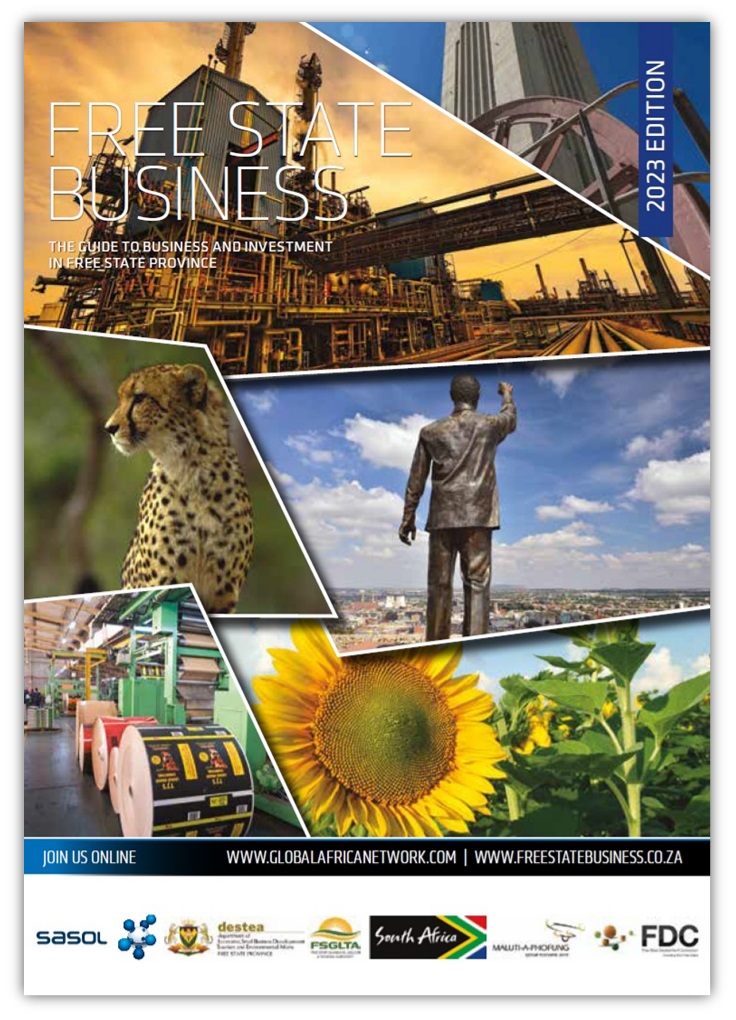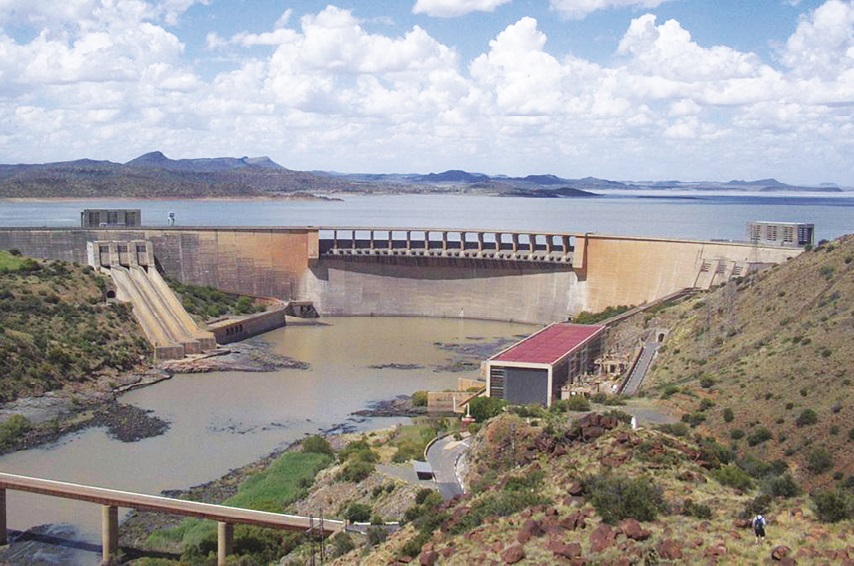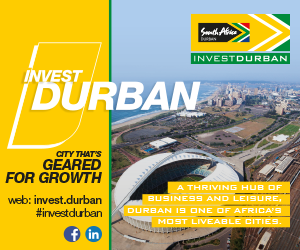According to data published by the South African Reserve Bank, the accumulative loss of Stage Six loadshedding amounts to between R204-million to R900-million per day.
A proportion of these losses are incurred by the thousands of small businesses who simply do not have the resources to install back-up sources of energy to continue operations during power cuts.
In a bid to provide business owners with much-needed relief and finance to invest in viable alternatives, Business Partners Limited has launched a R400-million Energy Fund for small to medium-sized enterprises (SMEs).
Loans from the Energy Fund for SMEs can be used for the purpose of purchasing alternative energy solutions such as solar systems, back-up batteries and inverter systems, diesel-powered generators as well as other energy generation-related products.
Commenting on why the time is now right for small businesses to invest in alternative energy systems is Jeremy Lang, Executive Director and Chief Investment Officer at Business Partners Limited. As he suggests: “While the ongoing energy crisis presents many uncertainties, one thing we do know is that loadshedding will continue to be a reality for the foreseeable future.
“South African businesses need to mitigate this risk by decreasing their reliance on the national grid and start investing in systems that will provide a consistent and reliable source of power. Not only will this be a vital contributing factor to business continuity, but it will also bring small businesses one step closer to realising their sustainability goals.”
The need in numbers
In the Q4 2022 SME Index, a quarterly survey conducted by Business Partners Limited, SMEs were asked whether they have the necessary funds to invest in energy solutions such as generators, inverters and solar-powered systems. A total of 35% of respondents revealed that they have budgeted for this investment and 37% reported that plans to divert to alternative-energy systems were being put in place.
Unfortunately, about 30% of small businesses said that they cannot afford the large outlay required to make this investment.

“These findings are a strong indicator of a dire and urgent need that exists within the SME sector,” says Lang. “Small businesses have been impacted by power cuts in a number of ways including loss of output, increased overheads, additional capital expenditure, operational challenges and supply chain disruptions. Ultimately these consequences result in turnover reduction, margin shrinkage and long-term financial distress.
What we also need to realise is that the intermittent return of power doesn’t always mean an immediate return to business as usual. This is particularly true for SMEs who run manufacturing plants. Some machinery takes an hour or two to warm up and become fully operational.”
This is compounded by the need to clean machines when the energy supply is cut off and raw materials are wasted. In the case of Stage Six loadshedding, getting up and running after a power cut only to face another blackout a mere two hours later can have devastating effects on business operations. Finding ways to access a reliable energy supply is therefore not only a matter of sustainability but also one of survival.
The Energy Fund
The Business Partners Ltd Energy Fund for SMEs will directly address this problem. Through it, small businesses will gain access to loans of between R250 000 and R2-million. These loans will be offered at a competitive, risk-adjusted interest rate with a repayment term of up to five years. Business Partners Limited has optimised the accessibility and affordability of these loans by offering no repayment obligations for the first six months.
In preparation for making their application to the Energy Fund for SMEs, Lang urges small businesses to ensure that their financial statements are up to date and that they have an equipment quote from a reputable accredited installer of their choice.
Loans from the Energy Fund for SMEs can be used for the purpose of purchasing alternative energy solutions such as solar systems, back-up batteries and inverter systems, diesel-powered generators as well as other energy generation-related products.
SMEs whose loans are approved may also be able to take advantage of the latest tax incentive, announced in the 2023 Budget Speech. The incentive allows businesses to reduce their taxable income by up to 125% of the cost of their investment in renewables.
In preparation for making their application to the Energy Fund for SMEs, Lang urges small businesses to ensure that their financial statements are up to date and that they have an equipment quote from a reputable accredited installer of their choice.
As Lang concludes: “The long-term benefits of running a more energy-secure business will far outweigh the cost of the investment. With alternative energy sources, businesses can futureproof their operations, position themselves as potential contributors to the impending embedded generation programme while also reducing the cost of energy.”
Loan applications for the Energy Fund for SMEs can be processed online via the following portal: www.businesspartners.co.za
About Business Partners Ltd
Business Partners Limited is a specialist risk-finance company for formal small and medium owner-managed businesses in South Africa and selected African countries. The company actively supports entrepreneurial growth by providing financing from R500 000 to R50-million, specialist sectoral knowledge, business premises and added-value services for viable small and medium businesses.
Since establishment in 1981, Business Partners Ltd has provided business finance worth over R20-billion in over 71 600 transactions facilitating over 671 000 jobs.



